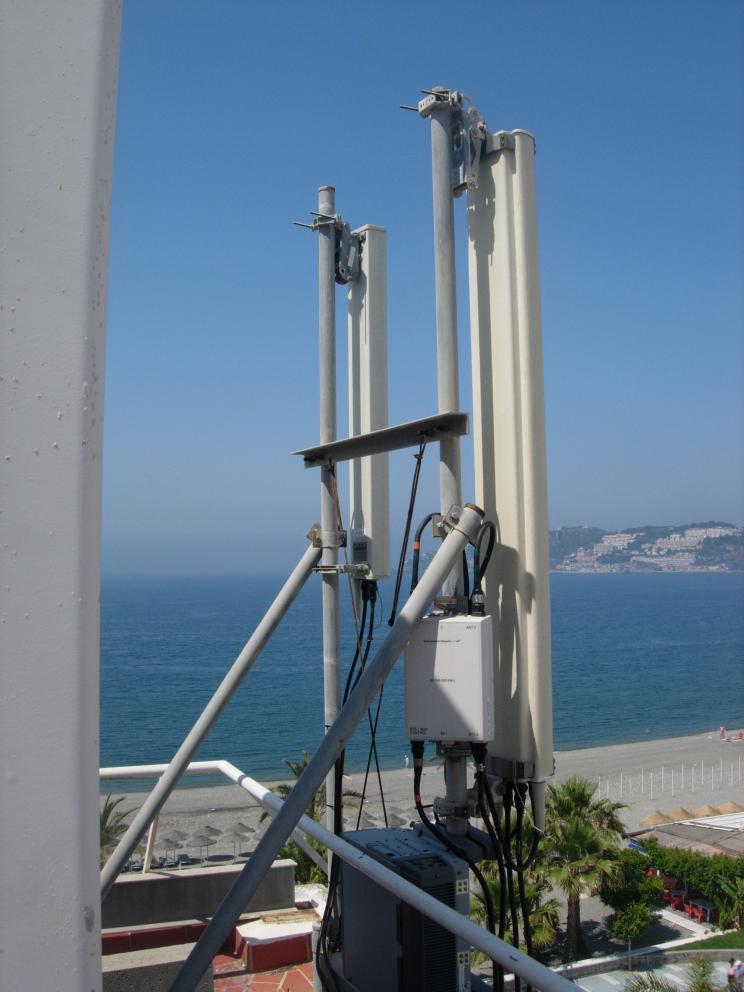Proyectos Piloto 5G
C007/18-SP
Cofinanciado con Fondos de Desarrollo Regional de la Union Europea (FEDER)


Speed
(up to 10 Gbps, much higher than 4G)
Greater capacity to interconnect devices
(up to 1 million per km2)
Low latency,
response time of applications (up to 1 ms)
Enhanced mobile broadband (eMBB)
This will reach speeds of up to 10 Gbps, allowing ultra-fast content download, very high quality video streaming or letting mobile devices be connected permanently to the network.
Ultra-reliable low-latency communication (URLLC).
Network latency, or the time it takes to respond to a request, will be very low, aiming to reach 1ms latency rates. Additionally, communications will have a high guarantee of availability.
Massive machine type communication (mMTC).
The roll-out of 5G networks will respond to a significant increase in communications between people, but this technology will be decisive in communications between devices (sensors, computers, robots …) since densities of up to 1 million connected devices per square kilometre are expected.
UBIQUITOUS CONNECTIVITY AND DATA CONSUMPTION
In a society oriented to sharing experiences online and massive data consumption, 5G applied in networks of small antennas guarantees mobile connectivity in high footfall areas such as stadiums, shopping centres, theatres and hospitals. Areas that have traditionally lacked connectivity, such as motorway tunnels or underground and surface rail networks and underground car parks will offer users unrestricted mobile data coverage whilst also promoting new related services like carsharing.
Cofinanciado con Fondos de Desarrollo Regional de la Union Europea (FEDER)
